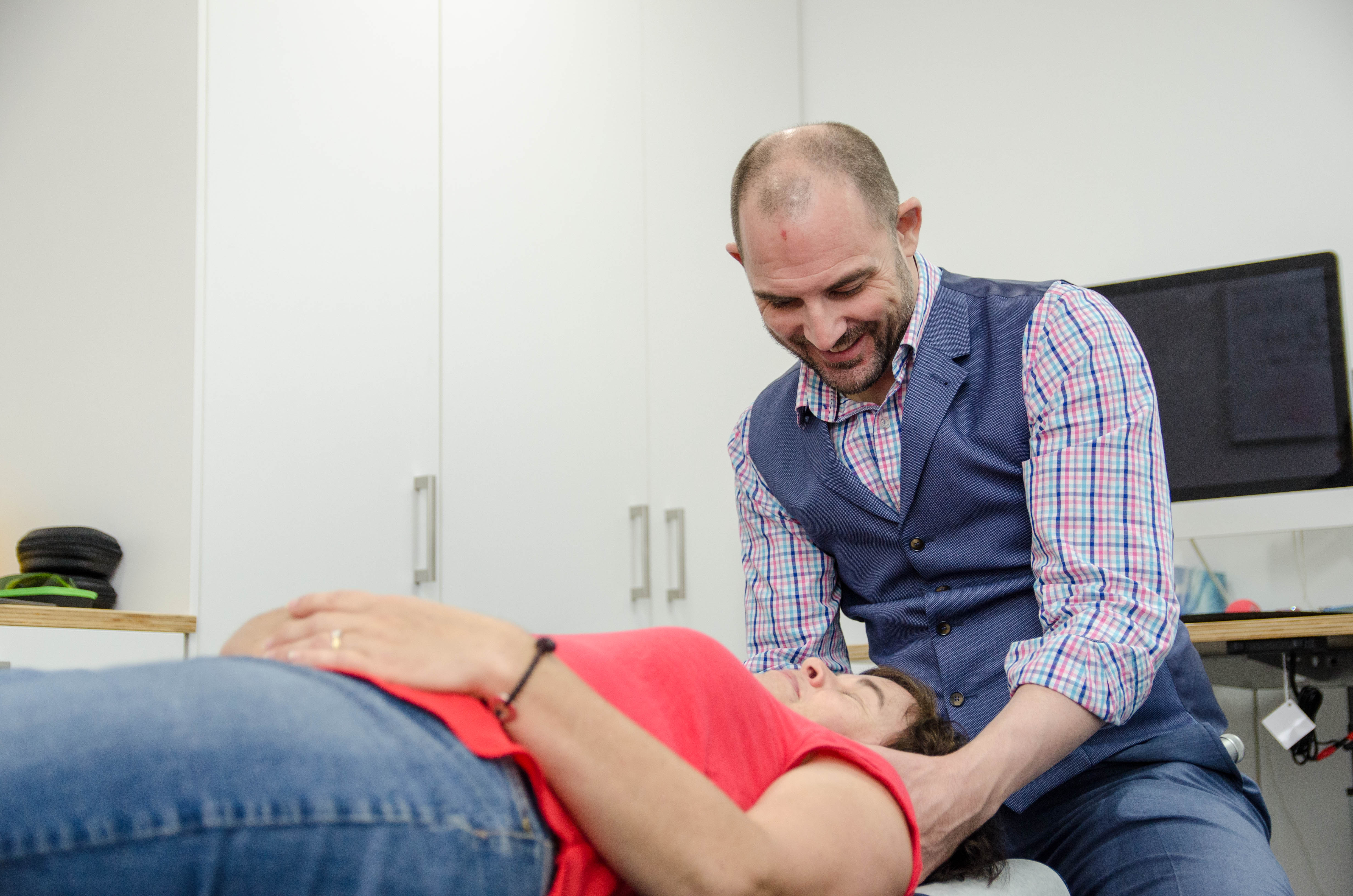Chiropractic is a noninvasive method of holistic healing that aims to treat a variety of conditions with the health of the whole patient in mind. When most people think of chiropractic, they think of back pain, neck pain, headaches, and other musculoskeletal conditions, but chiropractic is an appropriate treatment for a variety of conditions.
Chiropractic is based on the idea that every system in the body, from cardiovascular to digestion is controlled in some way by the nervous system, and that an imbalance in the nervous system is responsible for many conditions and removing the interference from such imbalance allows the body to heal itself.
Perhaps the biggest difference between chiropractors and traditional physicians is that chiropractors take a more holistic approach to healing. Generally speaking, conventional medicine sees the body as a series of separate systems, apart from one another. This leads to a tendency to treat symptoms with medication or treatments that can cause unwanted side effects. Chiropractic, on the other hand, sees the body as a whole, wherein all systems influence and are influenced by each other. Chiropractic seeks to treat the underlying cause of an issue in a way that does not cause adverse effects or harm to other parts of the body. This holistic approach allows a chiropractor to see connections between systems that other doctors may not see.
Chiropractic care dates back thousands of years and writings from Ancient China and Greece dating back as far as 2700 B.B. discuss spinal manipulation and the legs to relieve lower back pain. The Greek physician Hippocrates wrote about the importance of chiropractic, saying “Get knowledge of the spine, for this is the requisite for many diseases”.
Modern chiropractic was developed in the U.S. in the late 1800s by Daniel David Palmer. Palmer was not a doctor, but had an interest in medicine, particularly magnetic healing, and read many of the medical journals of his time. In 1897, he founded the Palmer School of Chiropractic, which is still one of the prominent schools of chiropractic today.
Palmer and his theories were not well received by the medical community. He was convicted of practicing medicine without a license and his school was ultimately sold to his son, B. J. Palmer, who spent his career refining the techniques developed by his father and establishing higher standards for educating chiropractors. He was instrumental in gaining the respect of the medical establishment for chiropractic care.
Over the course of the twentieth century, chiropractors gained legal status in all fifty states, Canada, Australia, and more than 40 other countries around the world. Research conducted in Canada and published in 1993 determined that chiropractic could save the country millions of dollars per year in health care costs and disability payments. Continued research could even lead to chiropractic care being used to treat a wider range of conditions.
Most people who seek chiropractic care wait until they are in pain, but chiropractic can also offer tremendous preventive and wellness benefits so that you can live healthier for longer.
Originally, chiropractic treatment was limited to using spinal manipulation to bring back normal functioning, but modern chiropractic frequently uses a variety of other therapies, including massage and nutrition to return the body to a state of balance and rehabilitative exercises are often used to increase strength and flexibility.


Leave A Comment
You must be logged in to post a comment.